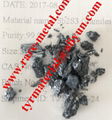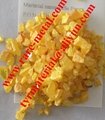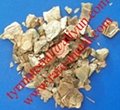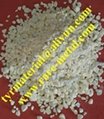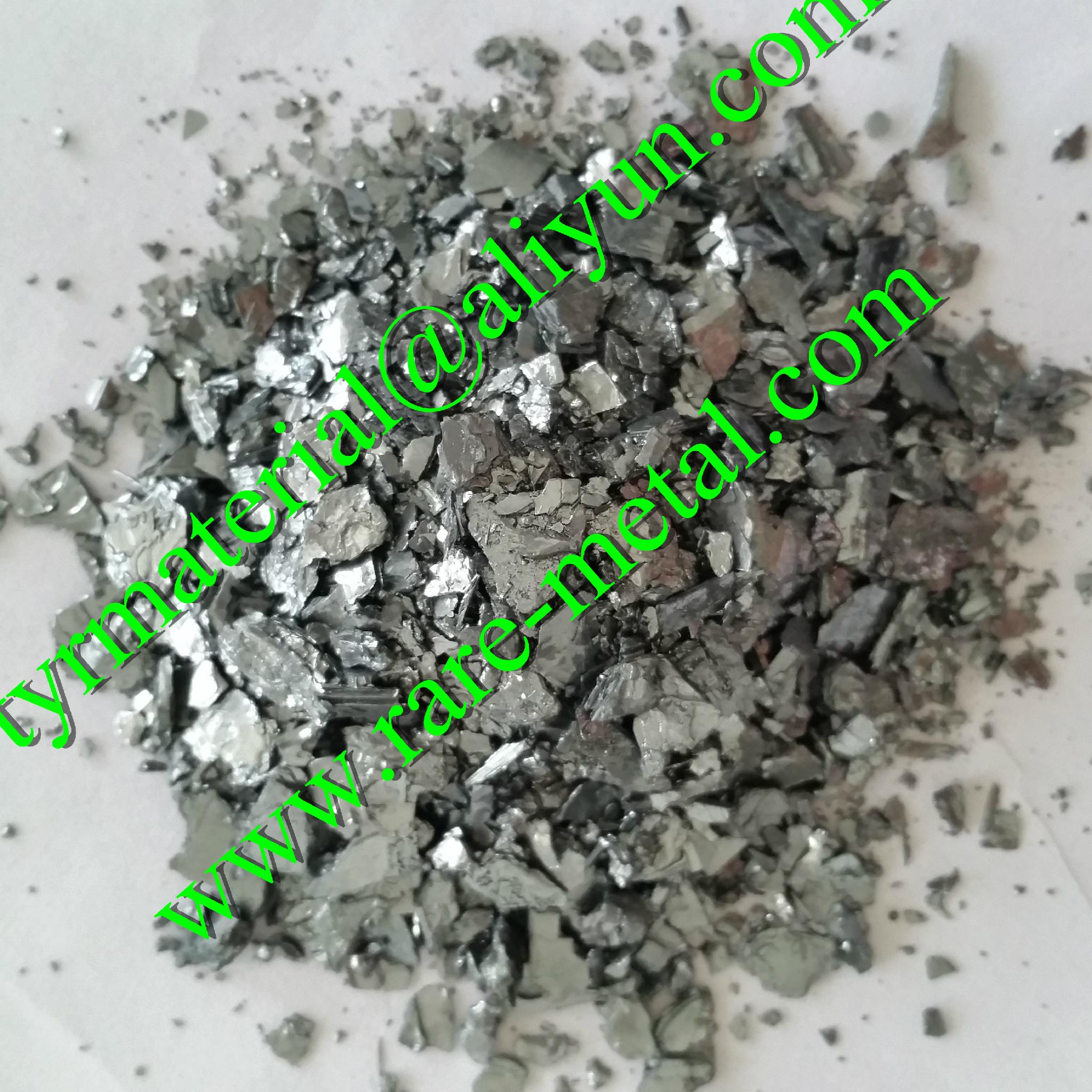
Tin(II) sulfide SnS granules CAS 1314-95-0
Model No.︰
SnS
Brand Name︰
TYR
Country of Origin︰
China
Unit Price︰
US $ 600 / kg
Minimum Order︰
0.01 kg
Product Description
Tin(II) sulfide (SnS) granules
Purity: 99.99%, 99.999%
Shape: pieces, granules, rods, tablets, powder
Spec.:
Pieces, Granules: 1-2.5mm, 3-6mm, 3-8mm, 1-3mm, 3-12mm e.t.c
Powder: -200 mesh, -325 mesh e.t.c
Made sputtering targets method: hot pressing (HP), hot/cold isostatic pressing (HIP, CIP), and vacuum melting, vacuum sintering
Molar mass: 150.775 g/mol Appearance: dark brown solid
Density: 5.22 g/cm3
Melting point: 882 °C (1,620 °F; 1,155 K) Boiling point: about 1230 ˚C
Applications: Characterization of vacuum-evaporated tin sulfide film for solar cell materials
Tin(II) sulfide is currently one of the leading candidates for absorber layers in next generation thin film solar cells. Currently, both Cadmium Telluride and CIGS (Copper Indium Gallium Sulfide) are used as p-type absorber layers, but they are formulated from toxic, scarce constituents. Tin(II) sulfide, by contrast, is formed from cheap, earth abundant elements, and is nontoxic. This material also has a high optical absorption coefficient, p-type conductivity, and a mid range direct band gap of 1.3-1.4 eV, required electronic properties for this type of absorber layer. In fact, the energy conversion efficiency of tin(II) sulfide is projected to be 32%, comparable to crystalline silicon. Finally, Tin(II) sulfide is stable in both alkaline and acidic conditions. All aforementioned characteristics suggest tin(II) sulfide as an optimal material for solar cells.
At present, tin(II) sulfide thin films for use in photovoltaic cells are still in the research phase of development. Barriers for use include a low open circuit voltage and an inability to realize many of the above properties due to challenges in fabrication, but tin(II) sulfide still remains a promising material once technical challenges are overcome.
Thin films of tin sulfide find wide applications in optoelectronic devices and window materials for heterojunction solar cells. Thin films of p-SnS were brush plated onto tin oxide coated glass substrates from aqueous solution containing SnCl2 and Na2S2O3. Deposits have been characterized with XRD and SEM for structural analysis. Hot probe method showed invariably p-type nature for all the brush plated SnS films. The variation of space charge capacitance, Csc, with applied potential, V, was recorded for the PEC cell with p-SnS/Fe3+, Fe2+/Pt system. The spectral response of the PEC cell formed with SnS photoelectrode was studied and reported.
We also supply beow Sulfide Ceramic sputtering target :
Iron Sulfide FeS, FeS2 99.9%
Manganese Sulfide MnS2 99.9%
Niobium Sulfide NbS2 99.9%
Tungsten Sulfur WS2 99.9%
Zinc Sulfide ZnS 99.99%
Cadmium Sulfide CdS 99.99%, 99.99%
Molybdenum Sulfide MoS2 99.9%
Tin Sulfide SnS, SnS2 99.99%, 99.999%
Antimony Sulfide Sb2S3 99.99%
Lead Sulfide PbS 99.99%
Copper Sulfide CuS, Cu2S 99.99%
Copper Zinc Tin Sulfide Cu2ZnSnS4 99.99%
Lithium Sulfide LiS2 99.99%
Indium Sulfide In2S3 99.99%
Silver Sulfide Ag2S 99.99%
We have only listed the more popular material.
Please feel free contact us with any special requirements at any times, we will get back for you ASAP.

